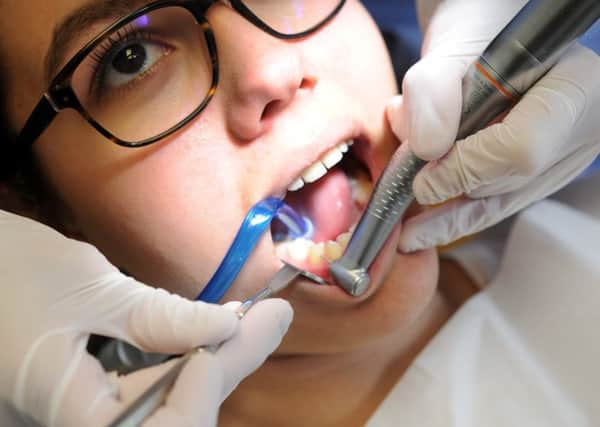Craig Stirling: HMRC keen to drill into any associate gap


Britain’s small army of dental associates and hygienists find themselves in the midst of a live example of this scenario. According to 2018 statistics, there are around 35,000 dental practitioners employed in the UK providing general primary care dental services to patients either inside NHS, through private practice or a combination of the two. A significant number of them, who work as either associates or hygienists, operate as self-employed workers. As many will already be aware, however, recent developments relating to their employment status could represent a real issue.
HMRC has taken the unprecedented step of writing to a representative sample of dental associates inviting them to attend a voluntary meeting with the stated objective of allowing the tax collection agency to, in its own words, fully understand the nature of their engagement as ‘associates’. Through my own communication with National Association of Specialist Dental Accountants & Lawyers (NASDAL), north and south of the Border, I understand at least 50 associates have received such a letter (and likely many more).
Advertisement
Hide AdAdvertisement
Hide AdWhilst the outcome of these meetings is not yet known, their purpose appears to be a fishing exercise by HMRC signalling that the self-employed status of associates and hygienists, previously accepted almost without question, is under active review.


None of this should come as any great shock. HMRC has always been willing to question the employment status of so-called self-employed contractors in other sectors.
What certainly won’t have helped matters are decisions of employment tribunals, such as the Rodrigues decision, which looked closely at the relationship between large dental business IDH and one of its former associates – and found him to be an employee. This decision came despite the very clear wording of his associate agreement which stated otherwise. At the time of this 2015 ruling, I questioned whether its greatest significance for the profession could turn out to be its influence on HMRC and whether it would prompt the agency to take note and begin to question the self-employed status of dental associates and hygienists.
Clearly this is a concern for associates and hygienists first and foremost but it’s also a concern for their principals. If HMRC decides an associate is an employee, it is the principal who they will pursue for unpaid PAYE and Employers’ NIC, potentially going back six years. Whilst most well-written associate and hygienist agreements will contain a contractual indemnity in relation to tax in favour of the principal, the principal would still need to settle the liability, then hope to recover it from the associate or hygienist.
Thankfully, there are a couple of straightforward options available to associates, hygienists and principals that can make a big difference in mitigating the risks now emerging over their tax-paying status.
Firstly, revisiting existing associate or hygienist agreements is worthwhile. A few relatively simple amendments to these agreements can make it much more likely that HMRC will accept the associate or hygienist in question is genuinely self-employed. The British Dental Association has just updated its template agreements specifically to deal with this risk. It is also important to ensure any updates in associate and hygienist agreements correspond with updates in working practices to ensure consistency. It can be a difficult balance between mitigating employment risk on one hand and putting in place an agreement satisfactory to both sides on the other.
Dental practices might not have access to these agreements and will very likely require further guidance to avoid fallout from any changes in how HMRC views the employment status of associates and hygienists. This could be the employment law equivalent of root canal surgery.
Craig Stirling is a partner at Davidson Chalmers Stewart and a member of NASDAL